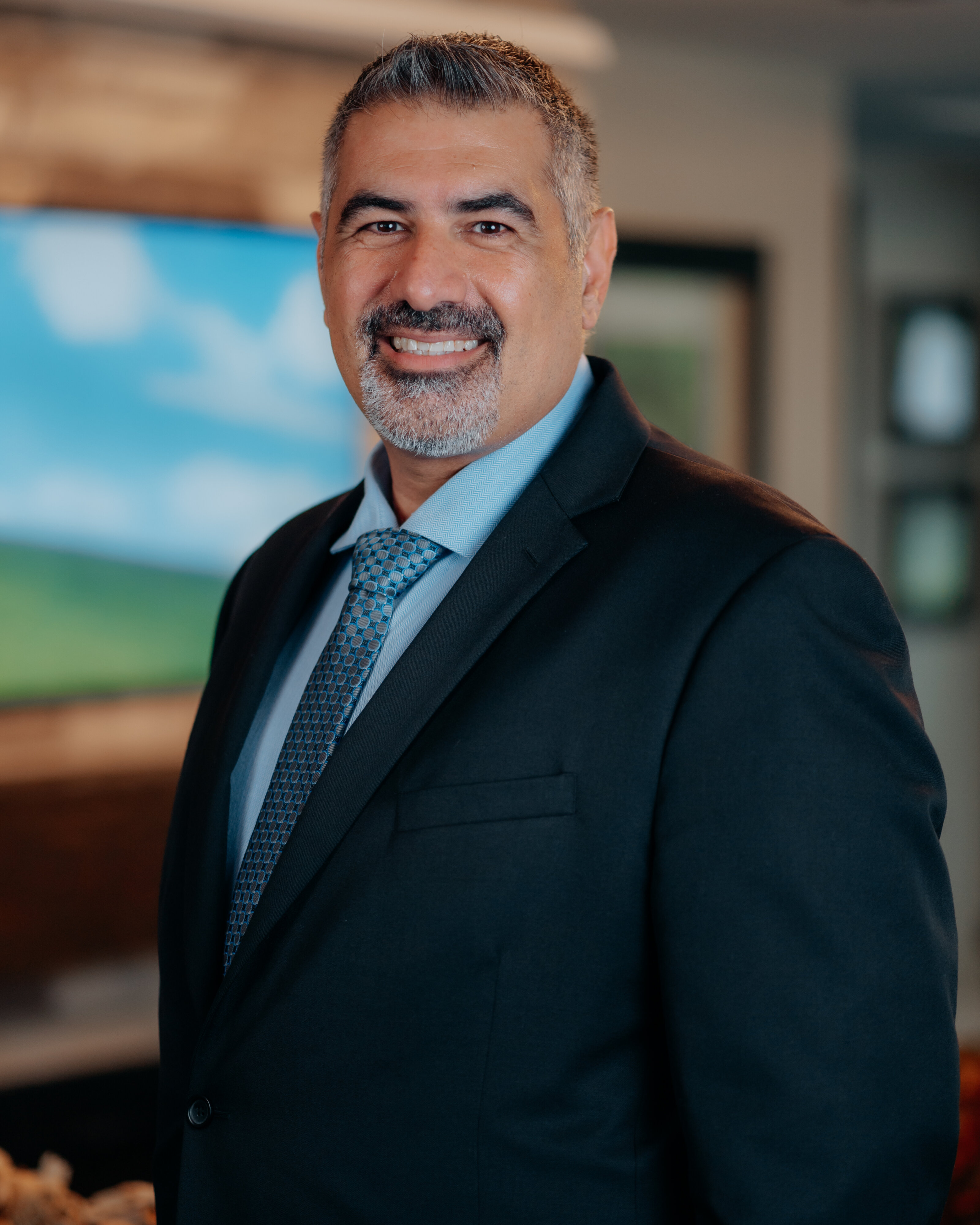Mass transit accidents can be overwhelming and confusing, often leaving victims with significant injuries and many questions. Whether you’ve been injured on a bus, train, or subway, knowing the steps to take afterward can make a huge difference in your recovery and potential compensation. In this blog, we’ll outline the process for filing a claim, helping you understand how to protect your rights and secure the compensation you deserve after a mass transit accident.
Understanding Mass Transit Accidents
Mass transit accidents involve vehicles like buses, trains, subways, and other public transportation systems. These accidents can result from various factors, including operator error, mechanical failure, poor maintenance, or external conditions like weather. Due to the high number of passengers and the complexity of these systems, the injuries sustained can be severe and involve multiple parties. Awareness of common scenarios and potential risks can help you take the necessary steps to protect yourself.
Step 1: Seek Medical Attention
The first step after a mass transit accident is to seek immediate medical attention. Even if your injuries seem minor, it’s essential to get checked by a healthcare professional. Some injuries may not be immediately apparent but can have long-term effects. Medical records from your visit will be important in documenting your injuries and supporting your claim. Prioritizing your health ensures that you receive the necessary treatment and establishes a clear link between the accident and your injuries.
Step 2: Report the Accident
Report the accident promptly. You should notify the transit agency or operator as soon as possible, providing detailed information about the accident. It’s also important to file a police report, as this creates an official record of the incident. Be sure to obtain copies of both the transit agency report and the police report. Accurate and timely reporting ensures that the accident details are well-documented, which will support your case and help establish accountability for the injuries sustained.
Step 3: Gather Evidence
Gathering evidence is critical in building a strong claim for your injuries. Start by taking photographs of the accident scene, including any visible injuries, damage to the transit vehicle, and surrounding conditions. Collect contact information from any witnesses who can provide statements about the incident. Secure your medical records detailing the injuries sustained and treatments received. Keep copies of all correspondence with the transit agency and insurance companies. If available, obtain surveillance footage or any other relevant documentation. This comprehensive collection of evidence will help establish the facts of the case, demonstrate the extent of your injuries, and strengthen your position when negotiating compensation.
Step 4: Contact a Personal Injury Attorney
Contacting a personal injury attorney when filing a mass transit accident claim is essential. An experienced attorney will help you understand your legal rights and evaluate the strength of your case. They can assist with gathering additional evidence, such as expert testimonies and accident reconstruction reports, and ensure all necessary documentation is filed correctly. An attorney will communicate with the transit agency and insurance companies on your behalf to negotiate for a fair settlement. If a satisfactory settlement cannot be reached, they will represent you in court. By seeking legal assistance, you increase your chances of obtaining the compensation you deserve for your injuries, lost wages, and other damages.
Step 5: File a Claim
Filing a claim for injuries sustained in a mass transit accident involves several key steps. First, identify the appropriate party to file your claim with, such as the transit agency or their insurance provider. Prepare and submit all necessary documentation, being mindful of deadlines, as missing them can jeopardize your claim. Your claim should detail the extent of your injuries, any financial losses, and the impact on your daily life. Filing a well-documented claim sets the stage for negotiations and potential compensation.
Step 6: Negotiation and Settlement
After filing your claim, negotiation and settlement begins, during which you or your attorney will engage with the transit agency or their insurance company to discuss the compensation for your injuries. Your attorney will use the evidence gathered and your documented losses to argue for appropriate compensation. If a fair agreement is reached, the settlement will be finalized. If not, your attorney may advise taking the case to court.
Contact Our Experienced Los Angeles Mass Transit Accident Attorney
At Ardalan & Associates, we are committed to guiding you through every step of your mass transit accident claim. Our dedicated team will fight for your rights and work to secure the compensation you deserve. Contact us today for a free consultation, and let us help you get back on track.

